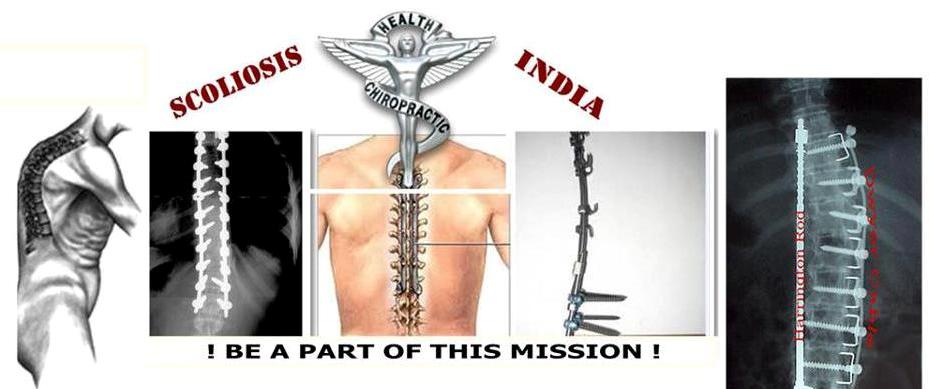Dealing with scoliosis - before
Scoliosis is a medical condition of which, in 90 percent of cases, the cause is unknown . Scoliosis can happen to anyone, including toddlers.
According to Dr. Luthfi Gatam SpOT, an orthopedic specialist who practices at the Ramsay Spine Center at Premier Bintaro Hospital, the name scoliosis is derived from the word "scolios", which means crooked. It is a medical condition in which a person’s spine is curved and, when viewed from behind, tends to curve to the right or left.
"Generally, the spine curves to the left side of the body,” said Luthfi.
There are many types of scoliosis. Idiopathic scoliosis is the most common type. Luthfi said that “idiopathic” was derived from the words “idiot” and “pathic” and had no known etiology.
Luthfi stressed that scoliosis is not a disease, but a descriptive term. All spines have curves. Some curvatures in the neck, upper trunk and lower trunk are normal. Humans need these curves to help the upper body maintain proper balance and alignment over the pelvis.
However, when there are abnormal side-to-side curves in the spinal column, the condition is called scoliosis. And the problem with scoliosis is that it can progress. Data shows that 10 percent of people with scoliosis are experiencing an advancement in the condition.
People with idiopathic scoliosis can actually carry out normal daily activities. They do not experience significant abnormalities. But if their scoliosis progresses, they can suffer from impaired function.
“People with scoliosis experience pain in their back, waist and neck. And there is the possibility of impaired lung function and breathing disorders. Impaired heart function and digestion can also occur,” explained Luthfi.
Over time, the spinal curvature may get worse. Some patients will not even be able to chew or digest properly.
“When that happens, the progression of the scoliosis must be stopped as it can be fatal.”
There is non-surgical treatment as well as surgical options available to stop the scoliosis from progressing, as well as to balance the body, to correct the posture and to improve the quality of life of patients. Non-surgical treatment usually consists of swimming, stretching, physiotherapy and dorsal exercise. This is effective to strengthen the muscles.
“But this treatment is only for patients with a spinal curvature of under 20 degrees,” said Luthfi. “Patients with a spinal curvature of 20 to 40 degrees should use a neck and body brace to correct or restrain the progress of the scoliosis. For a spinal curvature that exceeds 40 degrees, the right medical treatment would be surgery.”
Luthfi explained that surgery can stop the progress of scoliosis, as well as correct the crooked bones. These days, scoliosis patients in Indonesia can also easily access medical help as Premier Bintaro Hospital now has a spinal center.
The Ramsay Spine Center provides facilities and services to solve all types of spinal problems in an integrated and comprehensive way. At the Ramsay Spine Center, spinal problems are handled by a team of doctors from various specialized fields, such as orthopedic spine specialists, neurologists, neurophysiology specialists, medical rehabilitation specialists and radiology specialists.
For more information, please contact the Ramsay Spine Center, Premier Bintaro Hospital on +62 21 2762 5500 Ext. 3338 (Dani) or visit www.ramsayspinecenter.com
Source: The Jakarata Post , 22nd Dec 2014

No comments:
Post a Comment